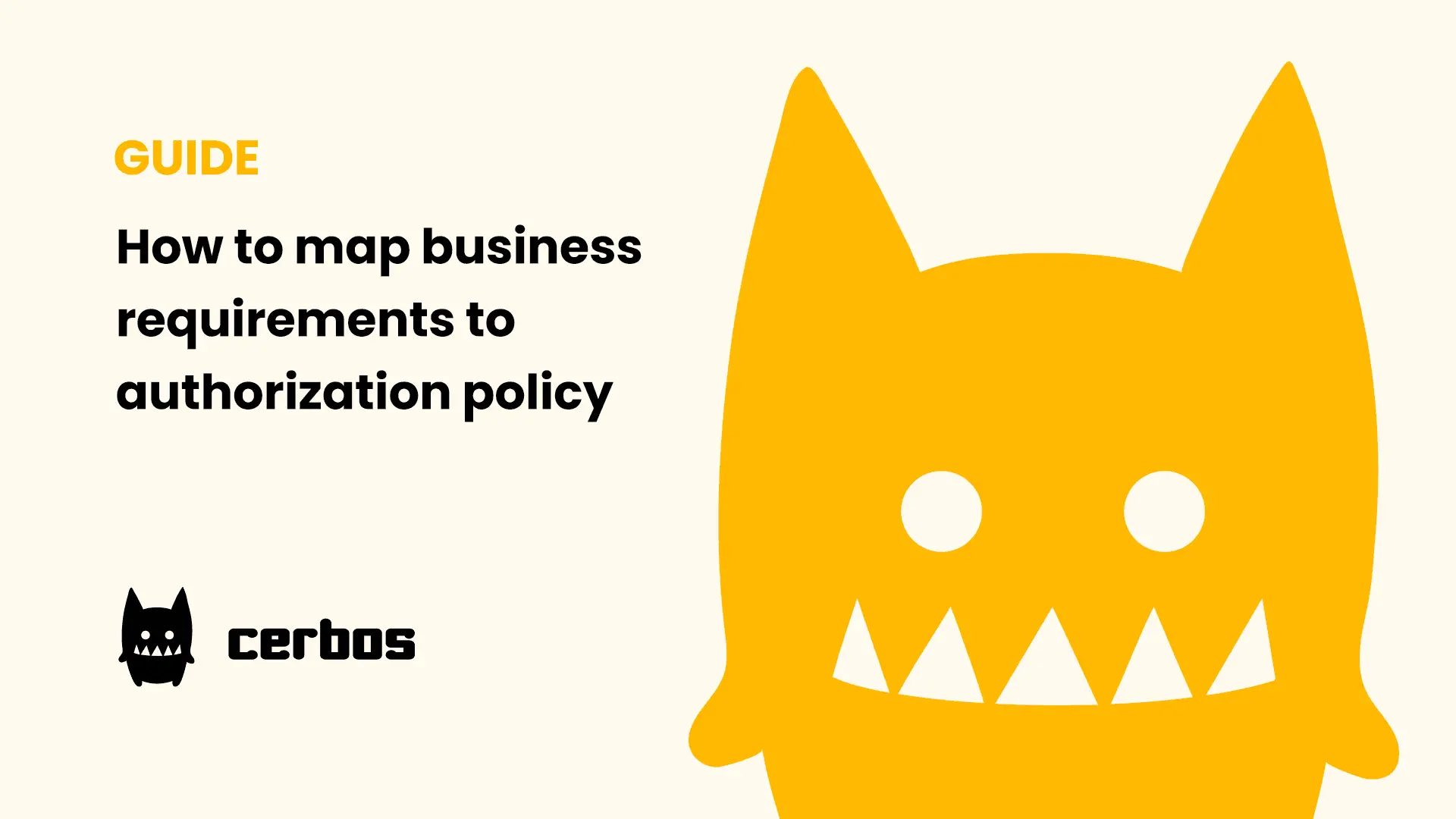How to break down silos in your authorization management
Silos aren’t good for business. Having spent the best part of a decade either in product teams or as a tech lead, I've come to realize the significance of aligning authorization management with wider technical strategies and long-term business goals. Authorization is an enterprise-wide dialogue, echoing beyond the realms of engineering to encompass the diverse facets of business operations. It's not just about defining who can access what, it's about understanding the broader implications of these decisions on the organizational ecosystem.
The traditional approach often saw authorization logic hard-coded within the application codebase. This method, while straightforward, entrapped the logic in a silo, making it an arcane narrative understood only by those who crafted it. The modern era sees a transition from this siloed approach to a more integrated, centralized authorization management. This shift essentially extricates the complex logic from the application code, presenting it in a more standardized, human-readable format. It’s a move from monologue to a dialogue, enhancing transparency and comprehensibility.
Centralizing authorization is like having a unified narrative. It simplifies oversight and audibility by offering a single source of truth. Every decision and every change is tracked and traced within a centralized system, which not only enhances security but also ensures you are more ready as a business to tick the boxes of compliance. It's about fostering a culture of shared responsibility and collaborative engagement across the spectrum of stakeholders involved in authorization decisions.
It’s too easy for developers to become entrenched in the technical side of authorization that the human element is often forgotten. Authorization is a collaborative endeavor, necessitating a shared understanding and collective effort among engineering, product, security, and commercial teams. The decoupled model, also referred to as externalized authorization, encourages this collaborative ethos, making the authorization logic more accessible and understandable beyond the technical team.
Evaluating the effectiveness of this transition resonates with the agility and responsiveness of the authorization system to the evolving business needs. Key performance indicators like the time taken to implement permission changes or to resolve issues become critical metrics reflecting the system's efficiency. Decoupled authorization, although still nascent, holds the promise of a more coherent, efficient, and scalable approach. The beauty of this model lies in its simplicity and scalability. It’s about envisioning authorization as a dynamic, adaptable narrative that grows in tandem with business evolution.
My advice to organizations eyeing this transition is to start early. Build the foundation for a decoupled authorization model from the get-go, aligning it with your business vision and growth trajectory. It may seem like a daunting task initially, but the long-term benefits are substantial. It streamlines the authorization process, minimizes future rework, and sets the stage for scalable growth.
Silos limit our potential and obstruct clear communication and collaboration. Breaking down these barriers in authorization management not only paves the way for technical advancements but also fosters a culture of inclusivity and shared understanding. So, as you chart your business journey, ensure that the narrative of authorization is a collective one, rooted in collaboration and poised for future growth. Remember, it’s not just about the technology; it's about the people, the process, and the shared vision that drives success.
Book a free Policy Workshop to discuss your requirements and get your first policy written by the Cerbos team
Recommended content

Mapping business requirements to authorization policy
eBook: Zero Trust for AI, securing MCP servers
Experiment, learn, and prototype with Cerbos Playground
eBook: How to adopt externalized authorization

Framework for evaluating authorization providers and solutions

Staying compliant – What you need to know
Subscribe to our newsletter
Join thousands of developers | Features and updates | 1x per month | No spam, just goodies.
Authorization for AI systems
By industry
By business requirement
Useful links
What is Cerbos?
Cerbos is an end-to-end enterprise authorization software for Zero Trust environments and AI-powered systems. It enforces fine-grained, contextual, and continuous authorization across apps, APIs, AI agents, MCP servers, services, and workloads.
Cerbos consists of an open-source Policy Decision Point, Enforcement Point integrations, and a centrally managed Policy Administration Plane (Cerbos Hub) that coordinates unified policy-based authorization across your architecture. Enforce least privilege & maintain full visibility into access decisions with Cerbos authorization.
